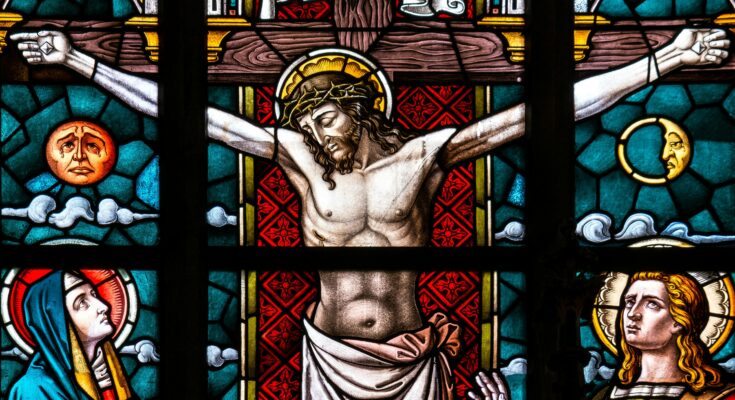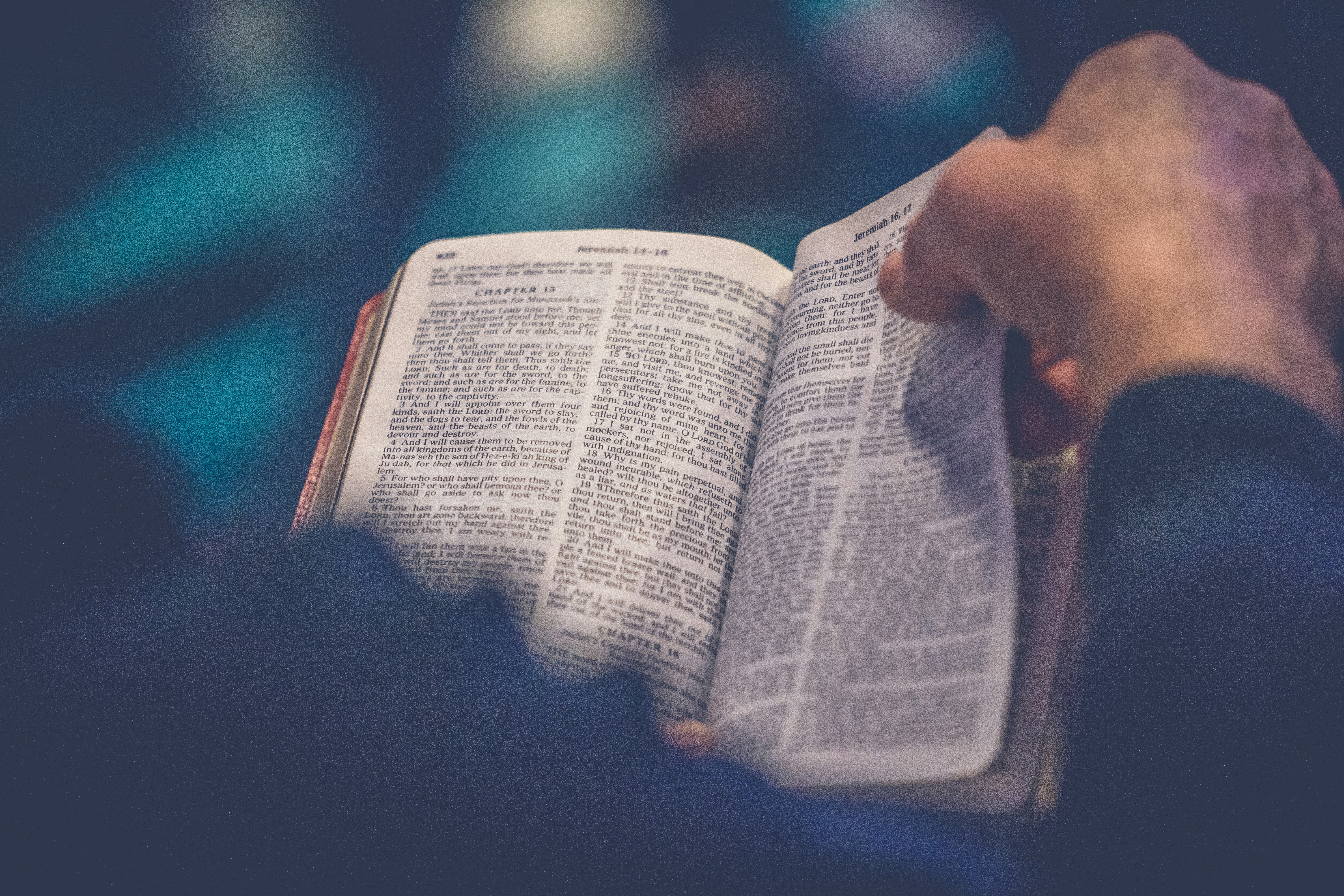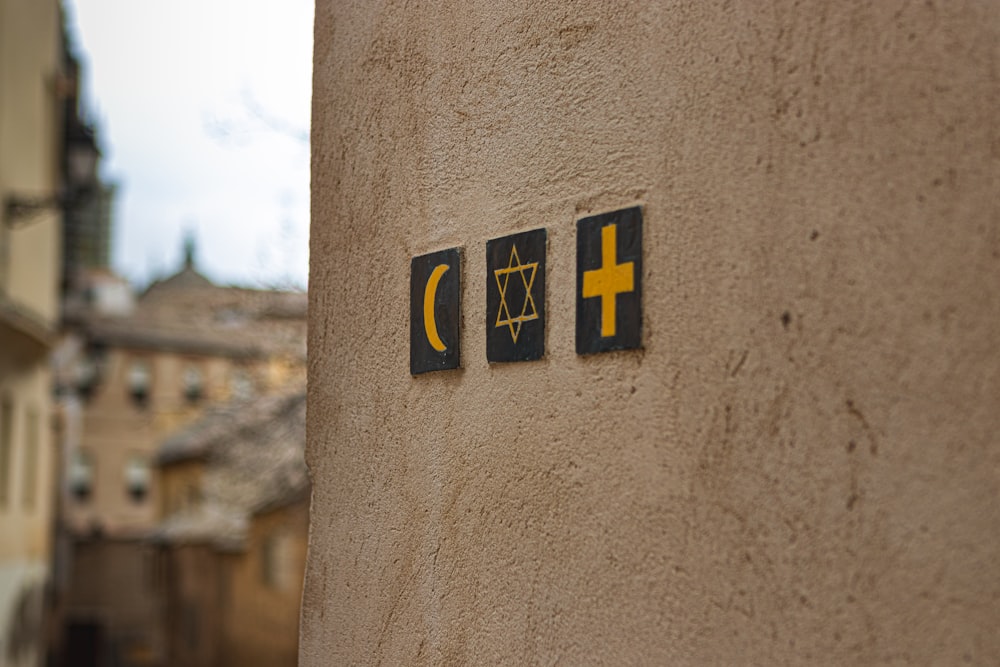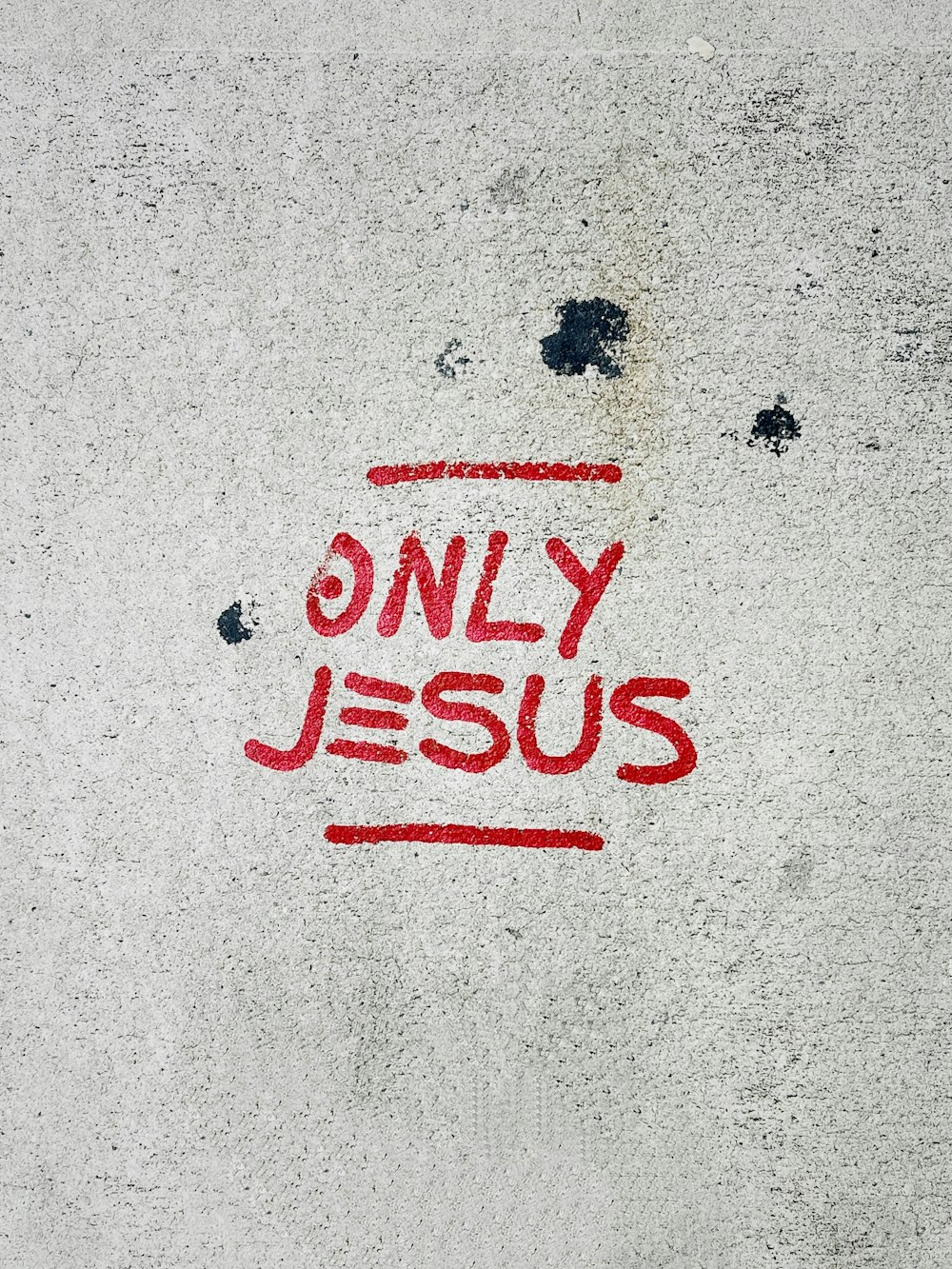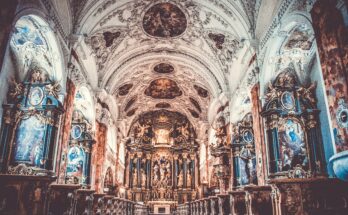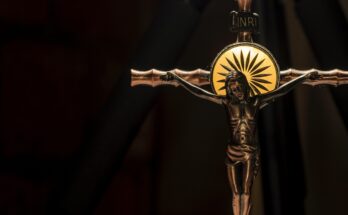Myths and Rituals in Christian Church
In the vast tapestry of Christianity, the interwoven threads of myths and rituals create a rich and profound narrative that shapes the identity and practices of believers. This article delves into the dynamic relationship between myth and rituals within the Christian Church and unraveling the significance, origins, and transformative power embedded in these essential aspects of the faith.
Biblical Narratives as Foundational Myths:
Image via Unsplash.com
At the core of Christian mythology are the sacred narratives found in the Bible. So, these stories ranging from creation to redemption, serve as foundational myths that provide believers with a framework for understanding the divine and their place within the cosmic order. The Creation story, the Exodus, the life and teachings of Jesus Christ, and the apocalyptic visions in Revelation all contribute to the mythological tapestry that guides Christian belief and practice.
Myths as Moral and Spiritual Guidance:
Christian myths offer more than historical accounts; they serve as moral and spiritual guides, imparting wisdom and lessons for believers. The parables told by Jesus, for example, encapsulate profound truths within seemingly simple stories. But these myths are not merely tales of the past but timeless narratives that continue to shape the ethical and spiritual consciousness of the Christian community.
Theological Myths and Doctrinal Foundations:
Image via Unsplash.com
The development of Christian theology has given rise to additional myths that elucidate complex doctrinal concepts. The Holy Trinity, the Virgin Birth, and the concept of salvation through the crucifixion and resurrection of Jesus are theological myths that encapsulate fundamental beliefs. These myths provide a conceptual framework for understanding the nature of God, the human condition, and the redemptive narrative central to Christian faith.
Sacraments as Living Symbols:
Christian rituals, often manifested through sacraments, are tangible expressions of the mythological narratives embedded in the faith. Baptism, Communion (the Eucharist), and Confirmation are sacraments that connect believers with the foundational myths of Christianity. These rituals serve as living symbols, allowing participants to physically and spiritually engage with the mythological underpinnings of their faith.
Liturgy and Symbolic Actions:
Image via Unsplash.com
Beyond sacraments, Christian liturgy encompasses a myriad of symbolic actions and rituals. The recitation of prayers, the use of candles, the sign of the cross, and the liturgical calendar all contribute to the rich tapestry of Christian worship. These rituals not only reinforce the mythological narratives but also provide a structured and communal way for believers to express their devotion and connect with the divine.
Rites of Passage and Life-Cycle Rituals:
Christianity is marked by various rites of passage and life-cycle rituals that imbue significant moments with spiritual meaning. Baptisms welcome individuals into the Christian community, weddings sanctify unions, and funerals offer rituals of closure and hope. These rites of passage, steeped in tradition and symbolism, serve to connect individuals with the overarching myths of creation, redemption, and the promise of eternal life.
Architectural Symbolism:
Christian churches, with their architectural design and ornamentation, serve as physical embodiments of myth and ritual. Cathedrals, chapels, and basilicas are constructed with deliberate symbolism, reflecting the cosmic narrative of Christianity. The use of stained glass, altar arrangements, and the placement of the pulpit all contribute to the visual language that reinforces the mythological themes present in Christian worship spaces.
Liturgical Colors and Symbolic Seasons:
Image via Unsplash.com
The liturgical calendar, with its array of colors marking different seasons, is a visual representation of the cyclical nature of Christian myth and ritual. Advent, Christmas, Lent, Easter, and Ordinary Time each carry distinct colors and themes that guide worship and reflection. These symbolic seasons provide a rhythmic structure to the Christian liturgical year, allowing believers to traverse the entire narrative arc of their faith annually.
Myths and Modernity:
In an era marked by scientific advancements and a shift towards secularism, the role of myth in Christianity has faced challenges. Some believers grapple with reconciling ancient mythological narratives with contemporary scientific understanding. Others, however, see the enduring power of myth as a timeless language that transcends the boundaries of historical accuracy. It offers profound truths that resonate across cultures and ages.
Contemporary Adaptations of Rituals:
The evolving landscape of modernity has also influenced the adaptation of Christian rituals. Traditional liturgical practices coexist with contemporary expressions of worship, incorporating multimedia presentations, contemporary music, and interactive elements. This dynamic interaction between tradition and innovation speaks to the enduring relevance of Christian myth and ritual. It means engaging in the diverse and ever-changing congregation of believers.
Myths and Rituals as Living Threads
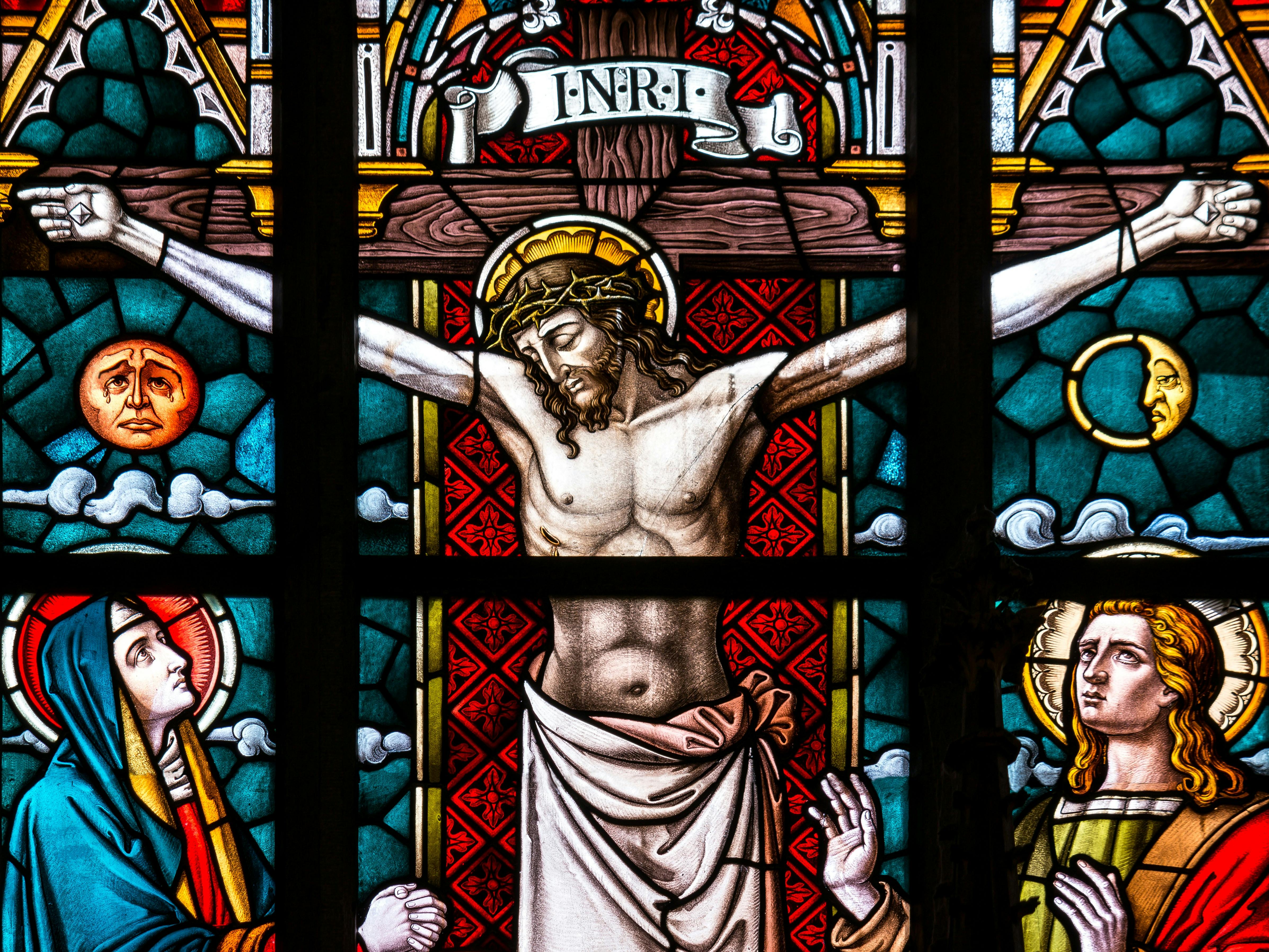
Image via Pexels.com
In the Christian Church, myth and rituals are not static relics of the past. They are living threads that weave through the fabric of faith, connecting believers across time and space. The dynamic interplay between mythological narratives and ritualistic practices forms the essence of Christian worship. It offers a profound and transformative experience for individuals and communities alike. The Church navigates the challenges of the modern world. The enduring power of myth and the adaptability of rituals continue to shape and define the Christian narrative. It invites believers to participate in a timeless journey of spiritual exploration and connection with the divine.
In essence, the symbiotic relationship between Christian myth and rituals is a testament to the enduring nature of faith. These narratives, whether articulated through biblical stories or expressed in sacramental acts, provide a profound framework for believers to navigate the complexities of existence. Christian rituals because as expressions of these myths, offer a tangible and communal means of engaging with the divine. It fosters a sense of continuity with the historical and theological foundations of the faith because of the aforesaid fact.
The Christian Church evolves in response to contemporary challenges. The exploration of myth and the adaptation of rituals become vital avenues because of relevance and inclusivity. The evolving narrative of Christianity is not one of abandonment, but of dynamic interpretation. It allows believers to find resonance with age-old truths in the context of a rapidly changing world. So the interplay between myth and ritual remains a dynamic force. It guides the faithful on a continuous journey of spiritual exploration and communion.
USEFUL LINKS:
Because its about Myths, see Symbolism in Religion
Discover the role of Myth and Ritual in Religion

